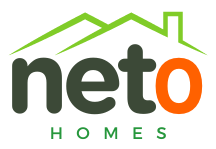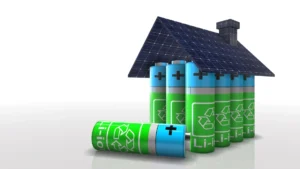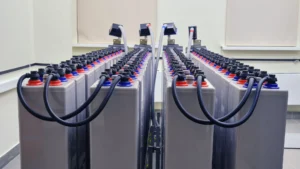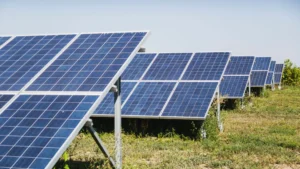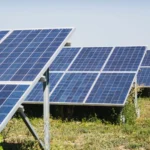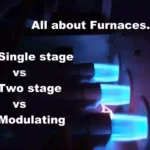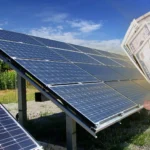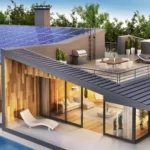Now operating in Ontario, Canada
Transforming Homes into Net Zero Homes: A Sustainable Revolution

In the face of climate change and environmental degradation, the imperative to transition towards sustainable living has never been more urgent. One significant aspect of this shift is the transformation of homes into net zero homes. Net zero homes are those that produce as much energy as they consume, effectively minimizing their carbon footprint and reliance on fossil fuels. In this blog, we’ll delve into the strategies and technologies that homeowners can adopt to embark on this journey towards sustainability.

Understanding Net Zero Homes
Net zero homes operate on the principle of balancing energy consumption with energy production. This equilibrium is achieved through a combination of energy-efficient design, renewable energy generation, and smart technologies. By minimizing energy demand and maximizing renewable energy utilization, these homes significantly reduce their environmental impact while offering long-term economic benefits to homeowners.
Energy-Efficient Design
The foundation of a net zero home lies in its design. Implementing energy-efficient design principles can drastically reduce energy consumption. This includes optimizing insulation, sealing air leaks, and utilizing passive solar design techniques to maximize natural light and heat gain. Additionally, selecting energy-efficient appliances and fixtures further decreases energy demand within the home.
Renewable Energy Integration:
Harnessing renewable energy sources such as solar, wind, or geothermal power is crucial for achieving net zero status. Installing solar panels on rooftops or in the surrounding property allows homeowners to generate clean energy onsite. Advances in solar technology, including improved efficiency and affordability, make solar panels a viable option for residential use. Moreover, integrating energy storage solutions such as batteries enables homeowners to store excess energy for use during periods of low generation or high demand.
Smart Home Technologies:
Incorporating smart home technologies enhances energy management and optimization. Smart thermostats, for instance, regulate heating and cooling systems based on occupancy and preferences, reducing energy waste. Similarly, smart lighting systems adjust brightness and usage patterns to minimize electricity consumption. Furthermore, home energy monitoring systems provide real-time insights into energy usage, empowering homeowners to identify areas for improvement and optimize their energy consumption habits.
Sustainable Materials and Practices:
Building or renovating a net zero home presents an opportunity to prioritize sustainable materials and construction practices. Opting for eco-friendly building materials such as recycled steel, bamboo, or reclaimed wood reduces embodied carbon and environmental impact. Additionally, adopting construction techniques that minimize waste generation and promote resource efficiency further enhances the sustainability of the home.
Passive House Standards:
Implementing Passive House standards goes beyond traditional energy-efficient design by focusing on holistic building performance. Passive House-certified homes adhere to rigorous energy efficiency criteria, including airtight construction, high-performance windows, and mechanical ventilation with heat recovery. By prioritizing thermal comfort and indoor air quality, Passive House homes achieve unparalleled levels of energy efficiency and occupant comfort.
Challenges and Considerations:
While transitioning to a net zero home offers numerous benefits, several challenges and considerations must be addressed. Initial costs associated with renewable energy systems and energy-efficient upgrades may deter some homeowners.
However, it’s essential to recognize the long-term financial savings and environmental benefits that outweigh these upfront investments. Additionally, regulatory barriers, grid limitations, and technical complexities may pose obstacles to widespread adoption. Collaborative efforts between policymakers, industry stakeholders, and homeowners are crucial for overcoming these challenges and accelerating the transition towards net zero living.
Conclusion:
Transforming homes into net zero homes represents a pivotal step towards a sustainable future. By embracing energy-efficient design, renewable energy integration, smart technologies, and sustainable practices, homeowners can significantly reduce their environmental footprint while enhancing comfort and resilience.
While challenges exist, the rewards of transitioning to net zero living are immense, encompassing economic savings, environmental stewardship, and improved quality of life. As individuals, communities, and nations unite in pursuit of sustainability, the journey towards net zero homes serves as a beacon of hope and inspiration for a brighter, greener tomorrow.
